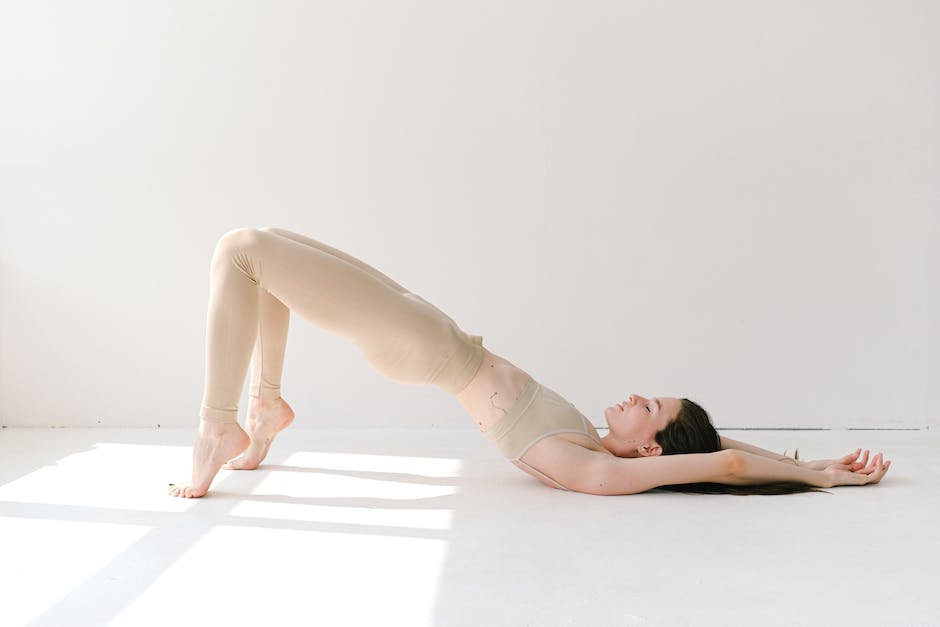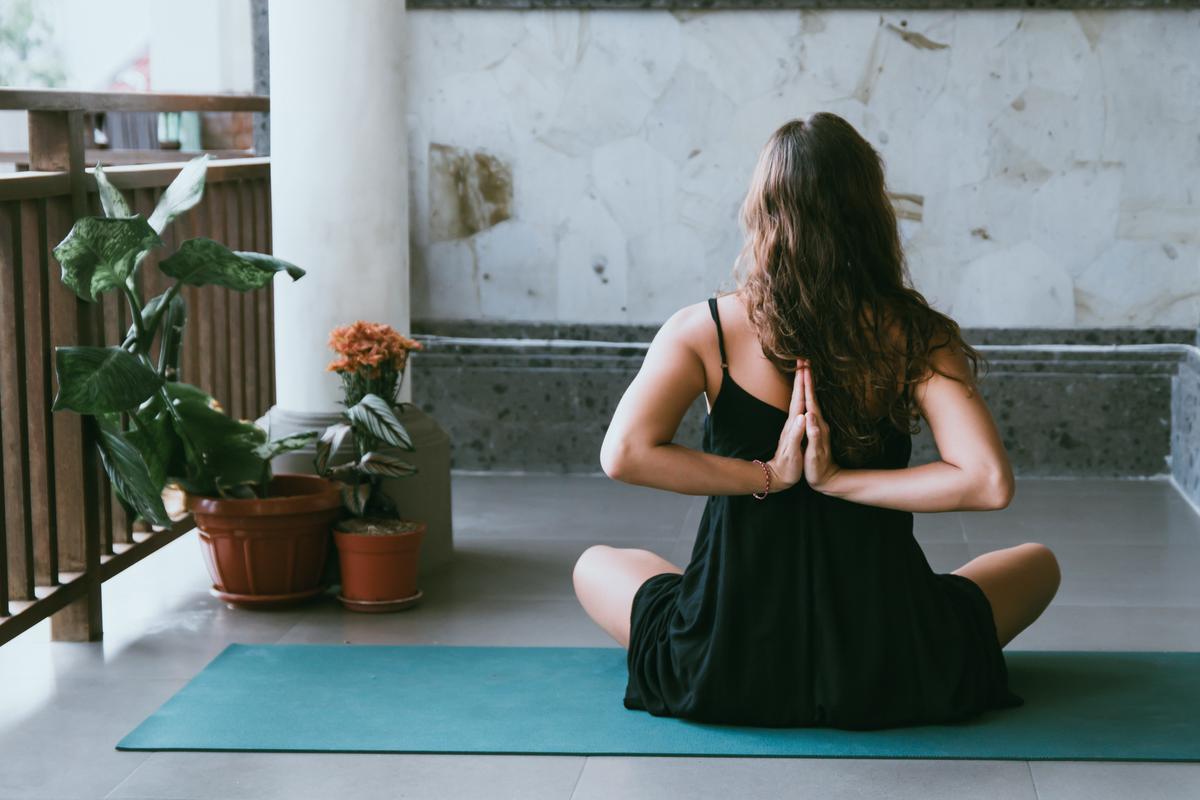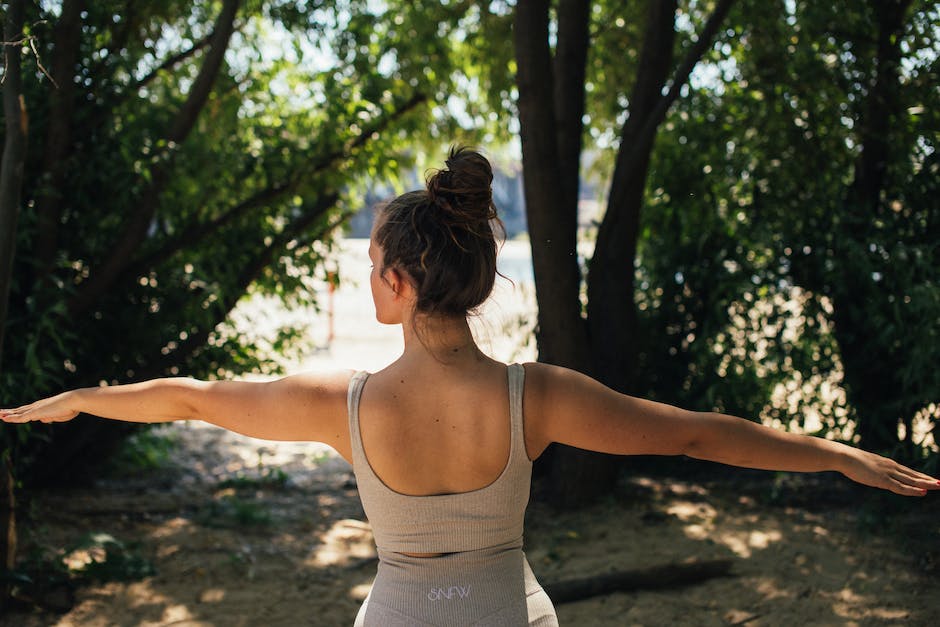Yoga, an ancient practice with profound inner dimensions, is now widely embraced for its myriad benefits to physical health and mental well-being. It is not merely an exercise of flexibility and strength, but a science that harmonizes body, mind, and spirit. A vital aspect of yoga is the understanding of its basic principles and philosophies, its terminologies, and how the body and its movements fit into this practice. This understanding offers a solid foundation that enables one to delve into the world of yoga more fruitfully, respecting one’s unique body structure and capacities. Within this context, this article explores various yoga poses primarily targeted at stretching and strengthening the legs, aiding in overall stamina, flexibility, and balance – thus paving the way for mindfulness and tranquility.
Understanding Basics of Yoga
Understanding Yoga and Its Basics
Yoga is an ancient practice that has its roots in Indian philosophy, dating back over 5000 years. It is a holistic discipline that connects the mind, body, and spirit through a combination of postures, breathing techniques, and meditation.
Yoga Principles and Philosophies
At its core, yoga is based on balance, calm, and natural movement. It encourages self-awareness and mindfulness, as one moves through different pose sequences. The poses, also known as asanas, are designed to strengthen the body, enhance flexibility, and quiet the mind. Yoga is more than just physical postures, it promotes the principles of non-violence (ahimsa), truth (satya), and self-discipline (tapas).
Basic Yoga Terminology
Before you begin practicing yoga, it’s helpful to understand some basic yoga terms. ‘Asana’ refers to the physical poses or postures, whereas ‘Pranayama’ covers breathing practices. ‘Vinyasa’ indicates a sequence of asanas, often linked with the breath. ‘Namaste’, a term often used at the end of a class, is a greeting that encourages students to honor the divine within themselves and others.
Understanding Bodies and Movement in Yoga
A foundational principle of yoga is your connection with your own body. This means understanding how the body moves and acknowledging its limitations and strengths. Yoga places a strong emphasis on alignment and safe movement, using the body’s natural anatomical structure.
Yoga for Legs Stretch
For stretching the legs, several yoga poses are particularly beneficial. ‘Downward Facing Dog’ (Adho Mukha Svanasana) stretches the hamstrings and calves. ‘Pigeon Pose’ (Kapotasana) opens the hip flexors and thighs. ‘Warrior II’ (Virabhadrasana II), while a strength-building pose, also provides a stretch for the inner thighs. By consistently practicing these poses along with others — always connecting movement with breath — one can achieve greater flexibility and strength in the legs.
Remember to move within your comfort level and adjust poses as necessary; yoga encourages listening to your body and respecting its unique boundaries. With regular practice, yoga becomes more than a routine — it’s a journey of self-discovery and well-being.

Studying Yoga Poses for Leg Stretch
Exploring Yoga Poses for Leg Stretching
The journey of learning yoga poses for leg stretching begins with recognizing a selection of key poses that target your legs. Poses such as Downward Facing Dog, Standing Forward Bend, and Triangle Pose target the muscles in your legs and can help increase flexibility and strength over time.
Downward Facing Dog
One of the most basic yoga poses, the Downward Facing Dog or Adho Mukha Svanasana, effectively stretches your calves, hamstrings, and arches. It involves positioning your body in an inverted ‘V’.
To enter this pose, start on your hands and knees. Ensure your hands are in line with your shoulders. Exhale and lift your knees off the floor, stretching your legs backward. Try to push your heels into the floor for an optimal stretch. To exit, bend your knees to the floor while inhaling.
Standing Forward Bend
The Standing Forward Bend or Uttanasana mainly stretches the hips, hamstrings, and calves. It can also help to calm the mind and relieve stress or mild depression.
To perform this pose, begin by standing tall. Exhale and bend forward from the hip joints, not from the waist. As you descend, draw the front torso out of the groins and open the space between the pubis and top sternum. Stay in this pose for 30 seconds to 1 minute. To exit, bring your hands back onto your hips and press your tailbone down and into the pelvis.
Triangle Pose
The Triangle Pose, better known as Trikonasana, not only stretches the legs but also the hips, groins, hamstrings, and calves; it also opens the chest and shoulders.
Starting from standing position, step or jump your feet about 3 1/2 to 4 feet apart. Stretch your arms to the sides, then lean to your right while keeping your left arm stretched toward the sky. You can use your right hand for support on your leg, but don’t put a lot of weight there. Turn your gaze to the left thumb and hold for 5 to 30 seconds. To exit, inhale and come up, reversing the feet and repeating for the same length of time on the opposite side.
Remember, practicing yoga is not solely about the physical benefits, but also the mental peace it provides. Always remember to breathe deeply during each pose and focus on the way your body feels. Gradually you will notice an increase in your overall flexibility and strength, especially in the lower extremities.

Yoga Techniques and Practices
Yoga Techniques for Leg Stretching
Yoga techniques practice and mastery enhance the overall process of leg stretching. One classic posture known for its influence on the legs is the Downward-Facing Dog. To achieve this, start on all fours, tuck your toes under, and push your hips toward the ceiling. Your body should form a triangle with the floor. Maintain this position, ensuring your legs and back are straight. This pose stretches the hamstrings, calves, and foot arches.
Breathing Techniques
Breathing in yoga, known as pranayama, involves controlled breathing techniques. These play an integrative role in yoga practices, including leg stretches. For instance, you can incorporate the Ujjayi breath, where you breathe in deeply through your nose, hold for a moment, and breathe out, maintaining the rhythm. This breathing process helps you remain calm and focused, assisting in the accomplishment of various poses.
Yogic Locks (Bandhas)
Bandhas or yogic locks refer to three specific body portions that yogis lock during yoga practice to guide energy flow. The first one, Mula Bandha, or root lock, involves tightening the muscles around the pelvic and perineum area. By incorporating Mula Bandha in yoga practices, you strengthen your lower body and better control your postures, fostering the leg stretching process.
Yoga Poses for Leg Stretching
Moreover, a variety of yoga poses target specific leg areas. Poses like the Triangle Pose (Trikonasana) promote the flexibility and strength of thighs. Additionally, the Head-to-Knee Forward Bend (Janu Sirsasana) intensely stretches your hamstrings. The Reclining Hand-to-Big-Toe Pose (Supta Padangusthasana) primarily focuses on the hips, thighs, hamstrings, groins, and calves.
Meditation
Meditation and mindfulness go hand in hand with yoga. When practicing leg-stretching yoga poses, engage in concentrated mindfulness. This mental practice helps you maintain the poses longer, increasing their benefits. As you breathe in and out, clear your mind and direct your concentration toward your legs. Feel the stretch in the muscles and hold it there as you maintain your tranquil state of mind.
Integrating Techniques
Incorporating these techniques into the routine is the key to successful leg stretching in yoga. Start with a short meditation, clearing your mind of distractions. As you move into your poses, engage Mula Bandha to stabilize your lower core. Throughout the process, maintain controlled Ujjayi breathing. This integrative approach will enhance your leg-stretching experience, maximizing the benefits you reap from this practice.

Practicing Safe and Injury-Free Yoga
Becoming Aware of Common Mistakes in Yoga Poses
Many people tend to focus more on the aesthetics of yoga poses instead of the actual posture and alignment. This undermines the overall efficacy of yoga and raises the risk of injury. For instance, in warrior pose, commonly, people hyperextend the knee of their front leg, which puts excessive strain on the joint. Instead of focusing on how deeply you can bend, focus on stacking your front knee directly above your front ankle while maintaining a straight line from your back foot up through your spine.
Techniques to Safely Increase your Stretch
Proper warm-up and cool-down routines are essential to safely increasing your flexibility. Before starting your yoga session, engage in a few minutes of light cardio to raise your body temperature and make your muscles more pliable. Additionally, incorporating breathing exercises in your routine can also increase your stretch. In yoga, it’s essential to match movements with your breath – typically inhaling when you open or extend and exhaling when you fold or contract. This helps deepen your stretch and maintain the flow of movement. Also remember to cool down post-yoga with gentle stretching to minimize muscle stiffness.
Avoiding Spine and Neck Injuries in Yoga
The neck and spine are critical parts of the body that can easily be injured if yoga poses are done incorrectly. When practicing poses that place pressure on these areas, such as the upward dog or bridge pose, ensure that you are not compressing your neck or lower back. This can be achieved by keeping your neck in line with your spine, and not allowing it to drop back. Further, do not push your body into positions that cause discomfort or pain. Always listen to your body’s signals and stop any pose that feels harmful.
Protecting your Joints during Yoga
In yoga, it’s important to avoid locking your joints as this can lead to injury. Always maintain a slight bend in your knees and elbows, especially when performing poses that bear your body weight. For example, in downward dog, be sure to keep a soft bend in your knees and elbows instead of straightening them completely. This allows the muscles to share the load with your joints, reducing the risk of joint damage.
Utilizing Props for Safer Practice
Yoga props like blocks, straps, and bolsters can be incredibly helpful in avoiding injuries. They not only enhance your flexibility but also provide support in challenging poses. For instance, a block can be used under the hand for support in triangle pose, or a strap can provide the necessary reach in seated forward fold.
In yoga, the aim should not be to achieve ‘perfect’ poses but to find what feels right and comfortable for your body. Everyone’s body is unique, and therefore, everyone’s expression of a pose will be unique. The more you listen and respond to your body’s needs, the safer and more beneficial your practice will be.

Every yoga journey is profoundly personal and unique, and there’s no one-size-fits-all approach. The primary aim is to create a safe and nurturing experience for your body and mind. While the journey towards greater flexibility and strength in your legs is highly rewarding, protecting yourself against injury is of utmost importance. Remember, yoga is not about perfecting poses – it is about exploring your body’s potentials and cherishing the peace and contentment that emerge as you harmonize your mind with your body’s rhythm. As you deepen your familiarity with the poses, techniques, and practices that enhance leg stretching, you will witness an unfolding of increased physical prowess, a more profound sense of mind-body connection, and an augmented sense of well-being.

